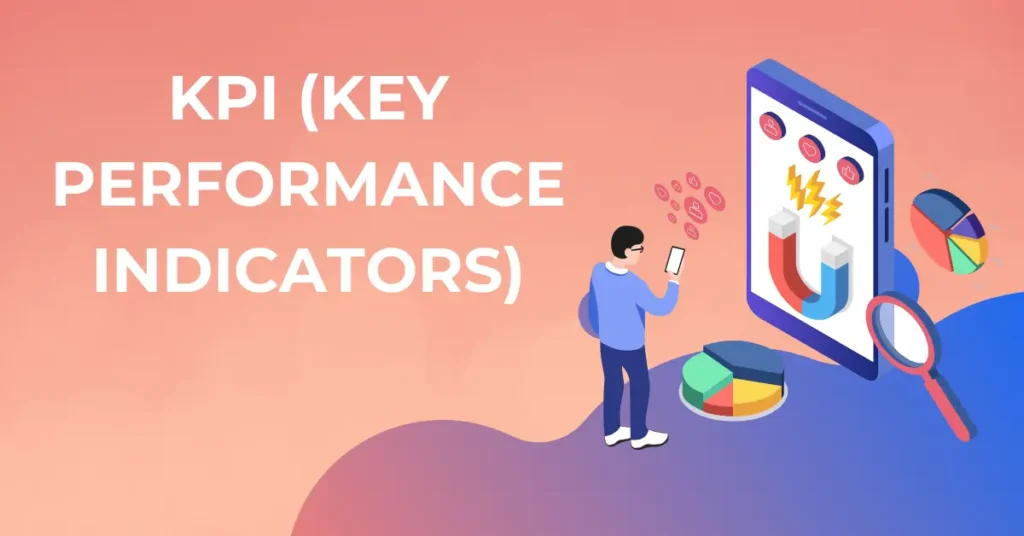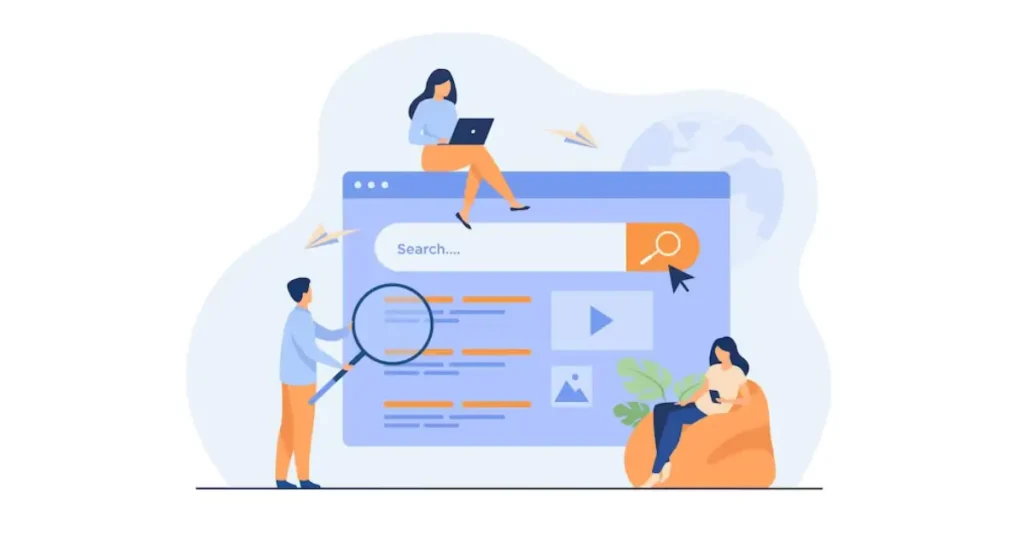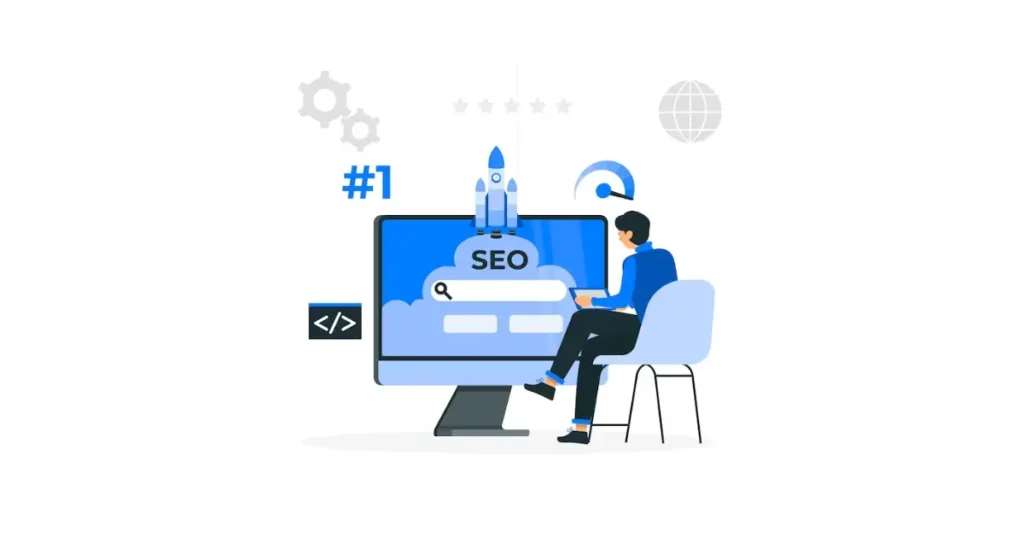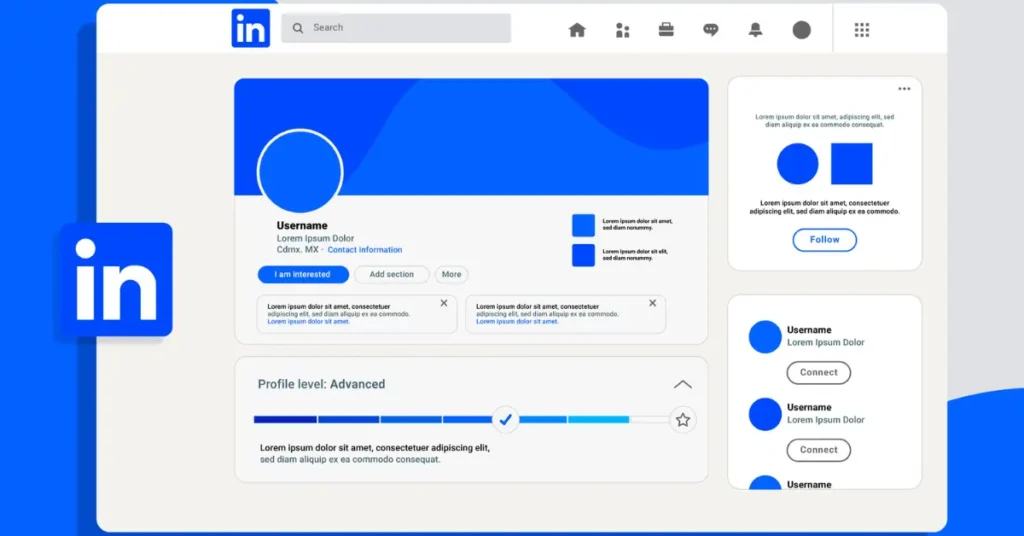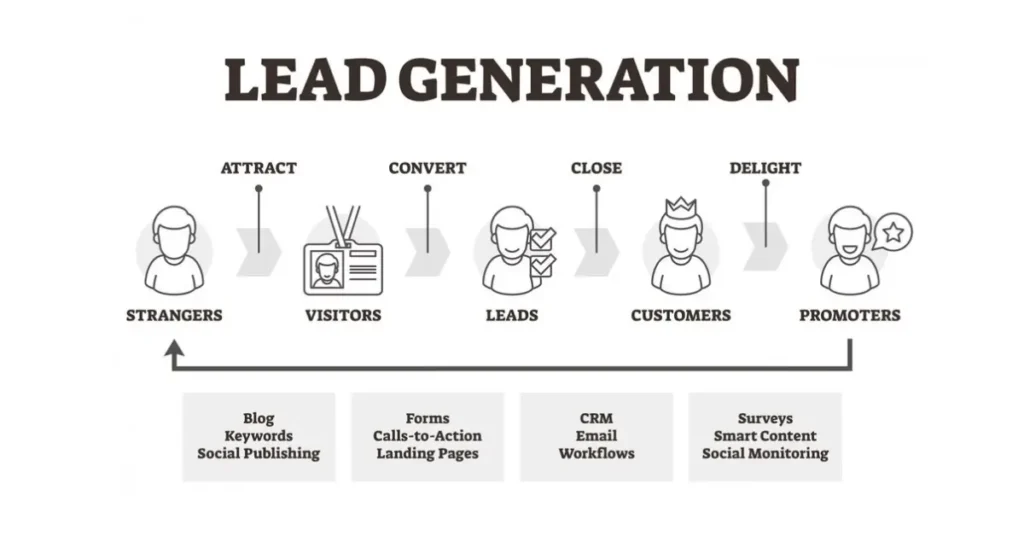What is technical SEO?
Technical SEO is the foundation of any successful website. It involves optimizing the technical aspects of your site to improve its visibility on search engines. By fine-tuning your website’s technical elements, you can ensure that search engine crawlers can easily access, crawl, and index your site, leading to higher rankings and increased organic traffic.
Technical SEO encompasses a wide range of factors, including website speed, site structure, mobile optimization, URL optimization, and more. It focuses on the backend of your website, making sure it is optimized for search engines, which ultimately leads to a better user experience for your visitors.
Importance of technical SEO for search engine visibility
Technical SEO plays a crucial role in improving your website’s search engine visibility. Search engines like Google have complex algorithms that determine how websites are ranked in search results. By optimizing your website technically, you can increase your chances of ranking higher and being more visible to potential visitors.
One of the main benefits of technical SEO is that it helps search engine crawlers understand and interpret your website’s content more effectively. This means that when someone searches for a keyword related to your business, your website is more likely to appear in the search results. By fine-tuning your website’s technical elements, you can make it easier for search engines to understand and rank your content, ultimately driving more organic traffic to your site.
Common technical SEO issues to watch out for
When it comes to technical SEO, there are several common issues that website owners need to be aware of. These issues can hinder your website’s visibility and prevent it from ranking well in search engine results. Some common technical SEO issues include:
- Crawlability issues: If search engine crawlers are unable to access and crawl your website, your content won’t be indexed, and you won’t appear in search results. Crawlability issues can occur due to broken links, incorrect robots.txt files, or server errors.
- Slow website speed: Slow loading times can negatively impact user experience and search engine rankings. If your website takes too long to load, visitors are more likely to leave, resulting in higher bounce rates. Slow website speed can be caused by large file sizes, unoptimized code, or server issues.
- Duplicate content: Having duplicate content on your website can confuse search engines and result in lower rankings. Duplicate content can occur due to technical issues such as URL parameters, session IDs, or content syndication.
It is important to regularly monitor and address these technical SEO issues to ensure that your website is performing optimally and ranking well in search results.
How to conduct a technical SEO audit of your website
Conducting a technical SEO audit is essential to identify any underlying issues that may be affecting your website’s performance. Here’s a step-by-step guide on how to conduct a thorough technical SEO audit:
- Crawl your website: Use a website crawling tool like Screaming Frog or SEMrush to crawl your entire website. This will give you a comprehensive overview of your website’s structure, internal linking, and any technical issues that need to be addressed.
- Check for crawl errors: Analyze the crawl report to identify any crawl errors or issues that may be preventing search engine crawlers from accessing your site. Look for broken links, server errors, or blocked pages.
- Review website speed: Use tools like Google PageSpeed Insights or GTmetrix to analyze your website’s speed and performance. Identify any areas that need improvement, such as large image file sizes or unoptimized code.
- Assess site structure and navigation: Review your website’s structure and navigation to ensure that it is user-friendly and search engine-friendly. Make sure that your pages are organized logically and that your internal linking is optimized.
- Optimize metadata and headers: Review your website’s metadata, including title tags, meta descriptions, and headers. Make sure they are optimized with relevant keywords and accurately describe the content of each page.
- Check for duplicate content: Analyze your website for duplicate content using tools like Copyscape or Siteliner. Remove or consolidate any duplicate content to avoid confusing search engines and diluting your rankings.
By conducting a comprehensive technical SEO audit, you can identify and address any underlying issues that may be affecting your website’s visibility and performance on search engines.
Optimizing website speed and performance for better SEO
Website speed and performance are crucial factors for both user experience and search engine rankings. A slow-loading website can frustrate visitors and lead to higher bounce rates, negatively impacting your search engine visibility. Here are some tips to optimize your website speed and performance for better SEO:
- Optimize image file sizes: Compress and resize images to reduce their file sizes without compromising quality. Large image file sizes can significantly slow down your website.
- Minify CSS and JavaScript: Minifying CSS and JavaScript files involves removing unnecessary characters, white spaces, and comments from the code. This reduces file sizes and improves loading times.
- Enable browser caching: Browser caching allows returning visitors to load your website faster by storing static files locally. This reduces the load on your server and improves overall website speed.
- Use a content delivery network (CDN): A CDN stores copies of your website’s files in multiple locations worldwide. When a user accesses your website, the files are delivered from the nearest server, reducing latency and improving speed.
- Optimize server response time: Ensure that your hosting provider and server are capable of handling your website’s traffic. Slow server response times can significantly impact your website’s speed.
By implementing these optimization techniques, you can significantly improve your website’s speed and performance, leading to better user experience and higher search engine rankings.
The role of structured data in technical SEO
Structured data, also known as schema markup, is a way of organizing and tagging website content to make it more understandable for search engines. It provides additional context and information about your content, helping search engines deliver more accurate and relevant search results. Here’s how structured data can benefit your technical SEO efforts:
- Improved visibility in search results: By implementing structured data, you can enhance the appearance of your search results with rich snippets. These can include star ratings, reviews, images, and more, making your listings more appealing and increasing click-through rates.
- Enhanced understanding of content: Structured data provides search engines with a clearer understanding of your content. It helps them identify key elements such as product information, event details, or article headlines, allowing them to present your content more accurately in search results.
- Increased chances of featured snippets: Structured data can increase your chances of appearing in featured snippets, which are highlighted information boxes that appear at the top of search results. Appearing in featured snippets can significantly boost your organic visibility and traffic.
Implementing structured data on your website can be done using various markup formats such as JSON-LD, Microdata, or RDFa. You can use Google’s Structured Data Testing Tool to validate your markup and ensure it is implemented correctly.
Mobile optimization and its impact on search engine rankings
Mobile optimization is no longer just a nice-to-have feature; it’s a necessity for any website. With the increasing use of smartphones and tablets, search engines prioritize mobile-friendly websites in their search results. Here’s why mobile optimization is essential for your search engine rankings:
- Mobile-first indexing: Google and other search engines now use mobile-first indexing, which means they primarily use the mobile version of your website for indexing and ranking. If your website is not mobile-friendly, it may not rank well in search results.
- Improved user experience: Mobile optimization improves the user experience for visitors accessing your website on mobile devices. This includes responsive design, fast loading times, easy navigation, and readable content without the need for zooming or scrolling horizontally.
- Reduced bounce rates: A mobile-friendly website reduces bounce rates, as visitors are more likely to stay and explore your site if it is easy to navigate and read on their mobile devices. Lower bounce rates signal to search engines that your website provides valuable content.
To optimize your website for mobile, ensure that it has a responsive design that adapts to different screen sizes, uses large and legible fonts, and has a mobile-friendly navigation menu. Test your website using Google’s Mobile-Friendly Test to identify any issues that need to be addressed.
Tips for optimizing website navigation and site structure
Website navigation and site structure play a crucial role in both user experience and search engine rankings. A well-organized site structure and intuitive navigation make it easier for visitors to find the information they’re looking for, while also helping search engines understand the hierarchy and importance of your content. Here are some tips for optimizing website navigation and site structure:
- Keep it simple: Aim for a simple and intuitive navigation menu that is easy to understand and navigate. Use clear and concise labels for your menu items, avoiding jargon or confusing terminology.
- Logical hierarchy: Organize your website’s content into logical categories and subcategories. Use a clear hierarchy with main navigation items and submenus to guide visitors through your site.
- Internal linking: Use internal links within your content to guide visitors to related pages or articles. Internal linking helps search engines understand the relationship between different pages and can improve your website’s crawlability.
- Breadcrumbs: Breadcrumbs provide a trail of links that show visitors their current location within your website’s hierarchy. They improve user navigation and provide additional context to search engines.
- XML sitemap: Create an XML sitemap that lists all the pages on your website. This helps search engines discover and index your content more efficiently.
By optimizing your website’s navigation and site structure, you can improve user experience, increase engagement, and enhance your website’s search engine rankings.
How to optimize URLs, meta tags, and headers for SEO
URLs, meta tags, and headers are essential elements of on-page SEO. They provide important information to search engines about your website’s content and help improve your visibility in search results. Here’s how to optimize URLs, meta tags, and headers for SEO:
- URL optimization: Keep your URLs short, descriptive, and keyword-rich. Avoid using unnecessary parameters, numbers, or special characters. Use hyphens to separate words within your URLs.
- Title tags: Title tags are the clickable headlines that appear in search engine results. Include relevant keywords and make sure each title tag is unique, accurately describing the content of the page.
- Meta descriptions: Meta descriptions are brief summaries of your webpage’s content that appear below the title tag in search results. Write compelling and concise meta descriptions that entice users to click on your listing.
- Header tags: Use header tags (H1, H2, H3, etc.) to structure your content and highlight important sections. Include relevant keywords in your headers to help search engines understand the main topics of your page.
When optimizing these elements, remember to keep them relevant, concise, and useful for both search engines and users. Avoid keyword stuffing or using misleading titles and descriptions, as this can negatively impact your search engine rankings.
The role of XML sitemaps and robots.txt files in technical SEO
XML sitemaps and robots.txt files are essential components of technical SEO. They help search engines understand and navigate your website’s content more efficiently. Here’s what you need to know about XML sitemaps and robots.txt files:
- XML sitemaps: An XML sitemap is a file that lists all the pages on your website, helping search engines discover and index your content. It provides information such as the last modified date, priority, and frequency of updates for each page. Submit your XML sitemap to search engines through their respective webmaster tools.
- Robots.txt files: A robots.txt file is a text file that instructs search engine crawlers on which parts of your website they can or cannot access. It helps prevent search engines from crawling certain pages or directories that you don’t want to appear in search results. Use caution when editing your robots.txt file, as incorrect directives can block search engine crawlers from accessing your entire site.
By properly implementing XML sitemaps and robots.txt files, you can ensure that search engines crawl and index your website’s content accurately and efficiently.
Best practices for optimizing images and multimedia content
Images and multimedia content play an important role in enhancing user experience and engaging visitors. However, they can also impact your website’s performance and search engine rankings if not optimized correctly. Here are some best practices for optimizing images and multimedia content:
- Image compression: Compress your images to reduce file sizes without sacrificing quality. Use tools like Adobe Photoshop or online image compressors to optimize your images.
- Alt tags: Include descriptive alt tags for your images, providing alternative text that describes the content of the image. Alt tags help search engines understand the context of your images and improve accessibility for visually impaired users.
- Image file names: Use descriptive file names for your images that include relevant keywords. Avoid generic file names like “image001.jpg” and instead use descriptive names that accurately describe the image.
- Video optimization: Optimize videos by compressing them to reduce file sizes. Host videos on reputable platforms like YouTube or Vimeo and embed them on your website using the appropriate embed codes.
- Lazy loading: Implement lazy loading for images and multimedia content, which allows your website to load images only when they become visible in the visitor’s browser window. This improves website speed and performance.
By following these best practices, you can ensure that your images and multimedia content enhance your website’s user experience and contribute positively to your search engine rankings.
The importance of website security and HTTPS for SEO
Website security is not only crucial for protecting your visitors’ data but also plays a role in your search engine rankings. Search engines like Google prioritize secure websites and use HTTPS as a ranking signal. Here’s why website security and HTTPS are important for SEO:
- Trust and Credibility: A secure connection and the presence of HTTPS in your website’s URL reassure visitors that their data is transmitted securely. This, in turn, builds trust in your brand. Trustworthy websites are more likely to be shared, linked to, and positively regarded by both users and search engines, positively impacting your search engine rankings.
- Ranking Signal: Google considers HTTPS as a ranking signal. Websites with secure connections are favored in search results over their non-secure counterparts. As part of Google’s broader efforts to enhance online security, HTTPS has become a crucial factor in determining a website’s position in search engine rankings.
- Data Protection: With the rising prevalence of data breaches and cybersecurity threats, users are becoming increasingly cautious about sharing their information online. A website with HTTPS encrypts the data exchanged between the user’s browser and the server, providing an extra layer of protection against potential data breaches. This commitment to data security aligns with search engines’ goals of promoting a safer browsing experience.
- Browser Warnings: Modern web browsers, including Google Chrome, now display warnings for websites without HTTPS, explicitly indicating that the connection is not secure. This can lead to a high bounce rate as users are less likely to proceed when encountering such warnings. A secure website eliminates these warning messages, ensuring a smoother and more trustworthy user experience.
- Regulatory Compliance: Adhering to security standards and regulations is not only good practice but may also be a legal requirement depending on your location and the nature of your website. Search engines favor websites that comply with industry-standard security practices, further emphasizing the importance of implementing HTTPS.
To secure your website and benefit from the SEO advantages of HTTPS, acquire an SSL/TLS certificate from a trusted certificate authority. This certificate encrypts the data transmitted between users and your website, providing a secure and trustworthy browsing experience. As the digital landscape continues to prioritize security, ensuring your website is HTTPS-enabled is a strategic move for both user trust and improved search engine rankings.
Tools and resources for technical SEO optimization
To effectively implement and monitor technical SEO strategies, it’s essential to leverage various tools and resources. Here are some valuable tools to aid in your technical SEO optimization:
- Google Search Console: This free tool provided by Google offers insights into how the search engine views your website. It provides data on indexing status, crawl errors, and search queries, allowing you to identify and resolve issues.
- Google PageSpeed Insights: This tool assesses your website’s speed on both mobile and desktop devices. It provides suggestions for improvement and helps ensure your site loads quickly, contributing to a positive user experience and better search engine rankings.
- Screaming Frog SEO Spider: This desktop application crawls your website, analyzing key on-site elements and providing valuable data such as broken links, duplicate content, and page titles. It’s a comprehensive tool for conducting technical SEO audits.
- SEMrush: SEMrush is an all-in-one SEO tool that offers features like keyword research, backlink analysis, and site audit capabilities. It helps you identify technical issues and provides recommendations for improvement.
- Moz Pro: Moz Pro provides a suite of SEO tools, including site audits, keyword research, and rank tracking. It’s a valuable resource for monitoring and improving your website’s technical aspects.
- GTmetrix: This tool analyzes your website’s performance and provides actionable recommendations to enhance speed and user experience. It integrates with Google PageSpeed Insights and offers additional insights.
- Schema Markup Generators: Tools like Google’s Structured Data Markup Helper or Schema.org’s Schema Markup Generator assist in creating and implementing structured data on your website.
- Google Analytics: While not exclusive to technical SEO, Google Analytics provides crucial insights into user behavior, site traffic, and engagement. Monitoring these metrics helps gauge the effectiveness of your technical SEO efforts.
- Ahrefs: Ahrefs is renowned for its backlink analysis, but it also offers site audit features. It helps identify and rectify technical issues that may impact your search engine rankings.
- Pingdom: This tool monitors website uptime and tracks page load times. It provides performance insights and alerts you to any issues affecting your site’s availability.
These tools, among others, can be instrumental in executing a successful technical SEO strategy. Regularly using them to analyze, audit, and optimize your website ensures that you stay on top of any issues that may affect your search engine visibility.
Conclusion
In the ever-evolving landscape of digital marketing, mastering the art of technical SEO is imperative for online success. By understanding the intricacies of search engine algorithms and implementing best practices, you can fine-tune your website for maximum visibility.
Technical SEO isn’t a one-time effort but an ongoing process. Regular audits, monitoring, and adjustments are essential to adapt to algorithm updates and changing user behaviors. From addressing crawlability issues to optimizing website speed, every aspect contributes to a seamless user experience and improved search engine rankings.
Remember, the goal of technical SEO is not only to please search engines but, more importantly, to enhance the user experience. A website that loads quickly, offers intuitive navigation, and provides valuable content is likely to rank higher and attract more organic traffic.
By staying informed about the latest trends, utilizing powerful tools, and consistently optimizing your website, you can navigate the complexities of technical SEO and position your online presence for sustained success.



